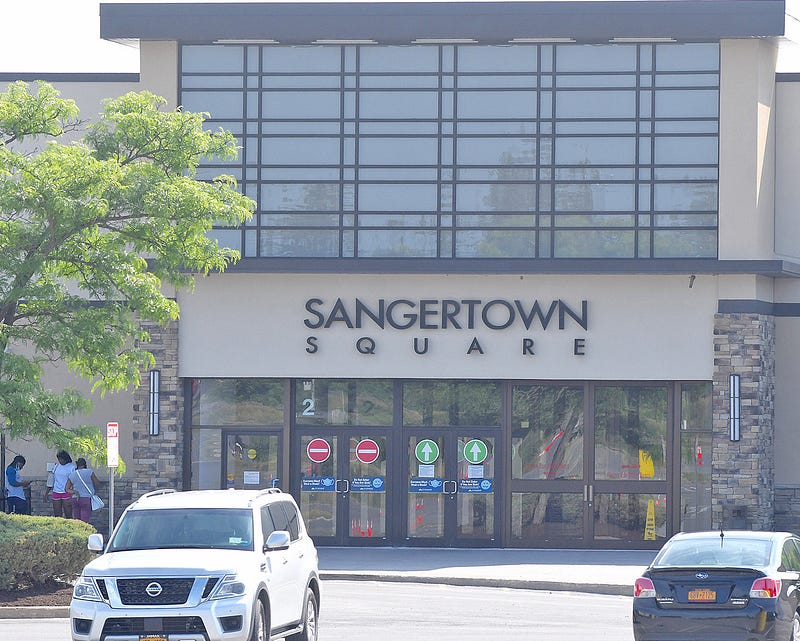
To understand the underlying issues with malls, one must first set the scene of their creation. In the mid-1950s, America’s economy flourished and suburbs became numerous due to President Dwight D. Eisenhower’s Federal-Aid Highway Act of 1956. In other words, there was an American middle class itching to spend money and a surplus of people looking for something to do. Victor Gruen, an English architect known for designing storefronts on New York City’s 5th Avenue, recognized the opportunity and decided to create the first mall, Southdale Mall, in Edina, Minnesota. Besides hosting shops, Southdale Mall included art installations, a garden, bird cages, fishponds and a zoo. Smaller stores were sandwiched between larger department stores to encourage browsing and starkly contrast the car-centric society of the time. To put the craze into perspective, people compared the mall to Disney.
However, taking things too far (as America can tend to do), malls eventually became places to encourage capitalist spending rather than cultured and civilized citizens. Food courts, parking lots and housing projects all became ways to lure Americans into a money-spending trap, which benefitted stores and mall developers rather than the consumers themselves. In 1992, the mega-mall was invented, taking the capitalistic aims of malls to the highest extreme. The American Dream in New Jersey, for example, houses a theme park, an indoor ski slope and a waterpark, which do not necessarily fit Gruen’s original intentions. Triple Five Group developed and named the mall to reflect the desires they wanted American consumers to have. When we enter the mall, we are thought to believe that what stands before us should be our dream: an image of efficiency, consumerism and industrialization all wrapped up in a pretty bow to give to businessmen, thus, furthering a materialistic mindset.
This mindset can be found locally in the Sangertown Mall in New Hartfort, NY. The few and far-between windows encourage consumers to spend a large amount of time indoors, maximizing their purchase of goods and services. The centrally located food court offers sugar-crazed treats, no longer forcing one to derail their shopping experience at the first sign of hunger but rather eat while shopping. The type of shops — Foot Locker, Earthbound and Homegoods — cater to a wide demographic of people. In short, malls represent an economic-centered culture that does not put the mental and physical health of its audience forward. This is true even as the role of malls as “one-stop shopping trips” has diminished in recent years, as e-commerce has become more popular.
Perhaps it is not a bad thing that malls are dying, especially as we look to consume more consciously. Shopping at second-hand stores was once highly stigmatized as they were thought to be for individuals who could not afford brand-new items. Now, thrifting has become more widely encouraged, most notably through mainstream media, as a way to contrast the environmental concerns of fast fashion. Malls, many of which carry plastic bags and generate greenhouse gasses, contribute to global warming and pollution. The death of malls propels society to be more environmentally aware.
















